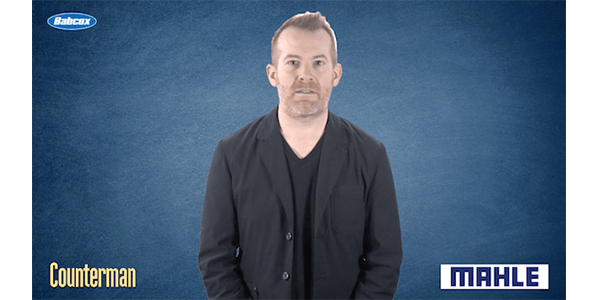Quick question: A lean code pointing to an O2 sensor reading lean all the time means your customer has a bad O2 sensor, right?
Hi guys. It’s Mark Phillips. You probably know that the answer the questions is — no! A P0171 or P0174 lean code with an O2 sensor reading lean all the time mean — well, several things. The real problem may not be a bad O2 sensor, but possibly be an engine vacuum leak, low fuel pressure or dirty fuel injectors that are causing the engine run lean. An engine misfire, leaky exhaust valve or a leak in the exhaust manifold gasket that allows air into the exhaust may also cause this type of code to be set. If an O2 sensor has failed, especially prematurely, the cause often is contamination. Like us, O2 sensors slow down as they age. Hey, you calling me old?
Anyway, contaminants can come from a number of sources. If the engine has an internal coolant leak due — a crack in the combustion chamber or a leaky head gasket — and the coolant contains silicate corrosion inhibitors, which conventional green coolants do but long-life orange coolants such as Dex-Cool do not, the silicates can pass into the exhaust and contaminate the O2 sensors.
Exhaust manifolds, after all, can be the toughest job on some engines. The reside in a very tight spot in some engines and they’re prone to corrosion. But your customers are in luck. There are some aftermarket gaskets that are made of much better materials these days. They can go a long way to sealing an exhaust manifold to a block that’s been on the road a while. Encourage your customers to replace the exhaust manifold gaskets in sets, if possible. And also recommend applying anti-seize to the bolts in case more work needs to be done in the future. I’m Mark Phillips. And thanks for watching.











